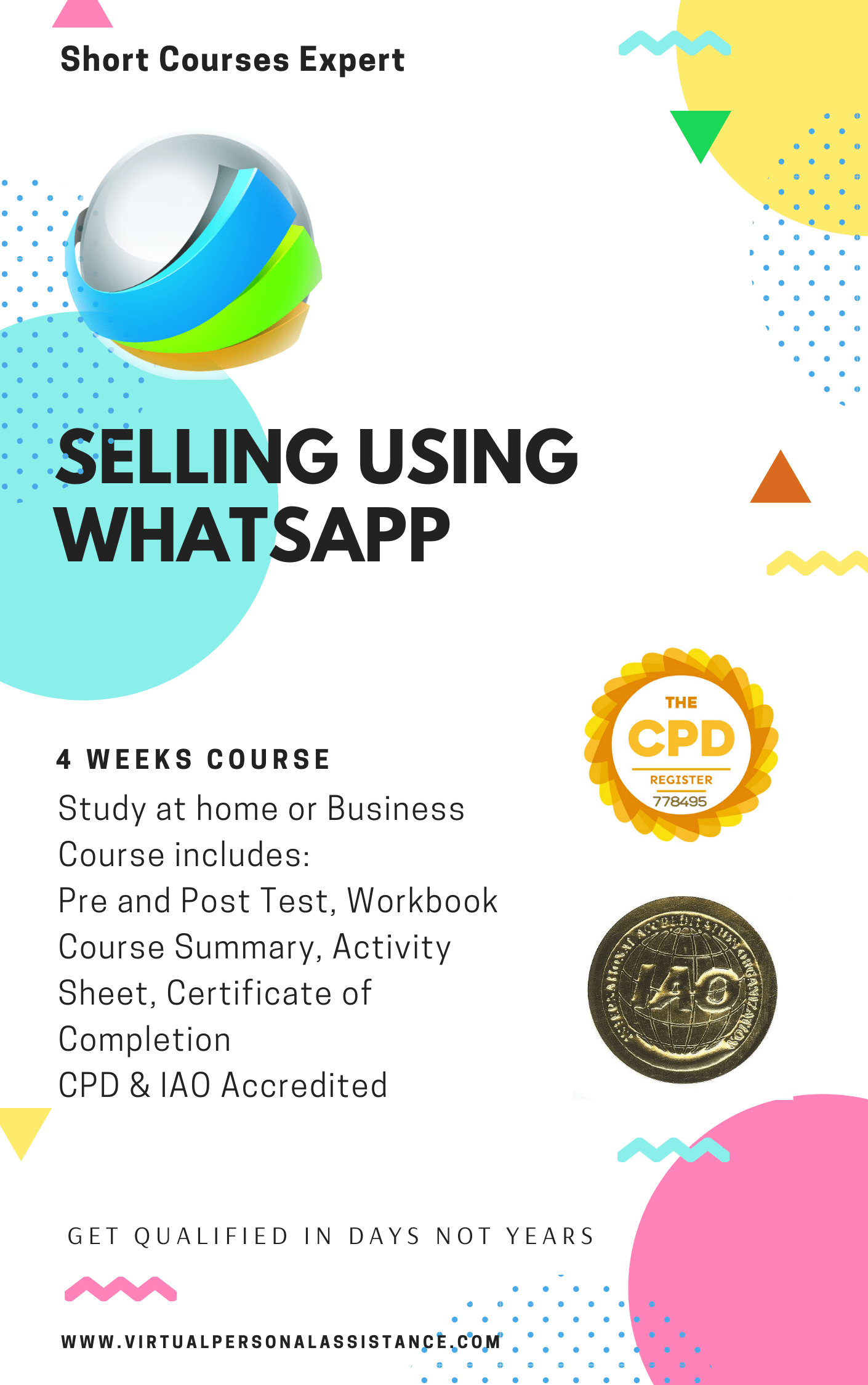One of my educational heroes is George A. Miller[1], a Princeton professor who died a few years ago. Miller is considered one of the greats of twentieth-century psychology. I often quote Miller’s law (for those who have heard me speak it is about a toaster that talks) and am struck by his effect on modern learning. At AVPT Short Courses ltd, we are proud that we can deliver very high quality online learning in days rather than years.
The courses are accessible by using tablets, ipads, smart phones and laptops and works on the principle of chunking up material into bite size micro content. This aide’s memory, improves recall and the ability to learn rapidly. So what is the science of chunking?
‘Chunking’ refers to organising or grouping separate pieces of information together. When information is ‘chunked’ into groups, you can remember the information easier by remembering the groups as opposed to each piece of information separately. The types of groups can also act as a cue to help you remember what is in each group. Chunking, in psychology, is a phenomenon whereby individuals group responses when performing a memory task. Tests where individuals can demonstrate “chunking” commonly include serial and free recall tasks. All three tasks require the individual to reproduce items that he or she had previously been instructed to study.
There are several ways to chunk information. Chunking techniques include grouping, finding patterns, and organising. The technique you use to chunk will depend on the information you are chunking. Sometimes more than one technique will be possible but with some practice and insight it will be possible to determine which technique will work best for you.
You can organise information into groups arbitrarily. For example if you have to remember a 10 digit number you can group it into pairs of numbers and remember 5 two digit numbers.
Another way to chunk information is by finding patterns in the information. When you find a pattern in information you just need to remember the pattern rather than a list of separate pieces of information. For example, if you have to remember the letter sequence ADGJMPSVY you may notice that these letters are just every third letter of the alphabet. So instead of remembering each individual letter, you can just remember the pattern used to find these letters.
Another chunking technique involves organising the information based on its meaning. For example, let’s say you have to memorise the age of everyone in a group of people. You can chunk the information by organising people by their age, then, for each age group, remember the people that belong to that group.
Chunking information can also help overcome some of the limitations of short term memory. We can generally only have 7 plus or minus 2 things in our short term memory at a time. However, by chunking information we can remember more. For example, if you have to commit a list of 11 numbers to your short term memory you likely won’t be able to. However, by grouping the numbers into chunks, you will greatly increase your chances of doing it.
The word ‘’chunking’’ is from a 1956 paper by my hero George Miller, The Magical Number Seven, Plus or Minus Two: Some Limits on our Capacity for Processing Information[2]. At a time when information theory was beginning to be applied in psychology, Miller observed that some human cognitive tasks fit the model of a “channel capacity,” characterised by a roughly constant capacity in bits, but short-term memory did not. A variety of studies could be summarised by saying that short-term memory had a capacity of about “seven plus-or-minus two” chunks.
Miller wrote that “With binary items the span is about nine and, although it drops to about five with monosyllabic English words, the difference is far less than the hypothesis of constant information would require. The span of immediate memory seems to be almost independent of the number of bits per chunk, at least over the range that has been examined to date.” Miller acknowledged that “we are not very definite about what constitutes a chunk of information.” Miller noted that according to this theory, it should be possible to effectively increase short-term memory for low-information-content items by mentally recoding them into a smaller number of high-information-content items. “It is a little dramatic to watch a person get 40 binary digits in a row and then repeat them back without error. However, if you think of this merely as a mnemonic trick for extending the memory span, you will miss the more important point that is implicit in nearly all such mnemonic devices. The point is that recoding is an extremely powerful weapon for increasing the amount of information that we can deal with.”
Using this as a basis, AVPT Short courses is committed to micro content and the chunking methodology to take out the traditional rote learning styles and avoiding large tracts of materials, making them more accessible and improving learning results. As a result of Miller’s work we can justifiably claim that achieve learning in days, not years. Thanks George!
[1] George Armitage Miller died o July 22, 2012. He was one of the founders of cognitive psychology. He also made seminal contributions to psycholinguistics and cognitive science in general. He authored several books and directed the development of WordNet, an online word-linkage database usable by computer programs. He authored the paper, “The Magical Number Seven, Plus or Minus Two,” which experimentally discovered an average limit of seven for human short-term memory capacity.
[2] Miller, G.A. (1956), The Magical Number Seven, Plus or Minus Two: Some Limits on our Capacity for Processing Information. Psychological Review, 63, 81-97.


























I think this is among the most significant information for me.
And i am glad reading your article. But want to remark on few general things,
The web site style is great, the articles is really excellent
: D. Good job, cheers
If you would like to obtain much from this post then you have to
apply such techniques to your won web site.
Couldn?t be designed any far better. Reading this post reminds me of my old room mate! He always kept talking about this. I will forward this report to him. Pretty certain he will possess a excellent read. Thanks for sharing!
ゲンテン バッグ
Genten バッグ
genten 財布
パタゴニア レトロx
パタゴニア
patagonia
I believe this website has got some real superb information for everyone. “Drunkenness is temporary suicide.” by Bertrand Russell.
パタゴニア レディース
パタゴニア フリース
パタゴニア ベスト
Potong Pasir MRT at the doorstep, residents can easily access almost to any destination through.duo residences
(duosresidences.sg)
Normally I don’t read article on blogs, but I wish to say that this write-up very forced me to take a look at and do so!
Аркадий http://m3x.org/help/action.showt/id.errors.html
Website visitors do not come easy these days. It’s hard and it usually takes a long time. In many cases, too much time… So much that you might be ready to call it quits. One of my readers shared a web traffic service with me on my website and I thought I would share it with you. I was skeptical at first but I tried the free trial period and it turns out they are able to get hundreds of visitors to my website every day. My advertising revenue has increased tenfold. Check it out here: http://gmbal.com/2910a